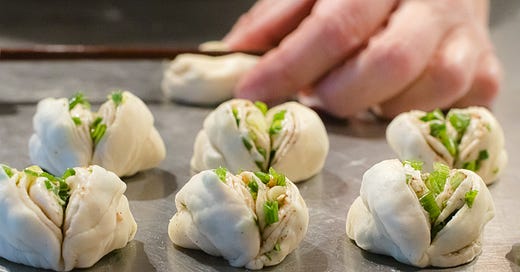Little Parcels of Happiness
In a world full of chaos, dumplings are a comforting constant that has survived for generations.
The art of making dumplings is passed down from generation to generation, each fold carrying stories of family and tradition. - Andrea Nguyen, author of “Asian Dumplings”
The nearest I’ve ever been to…



